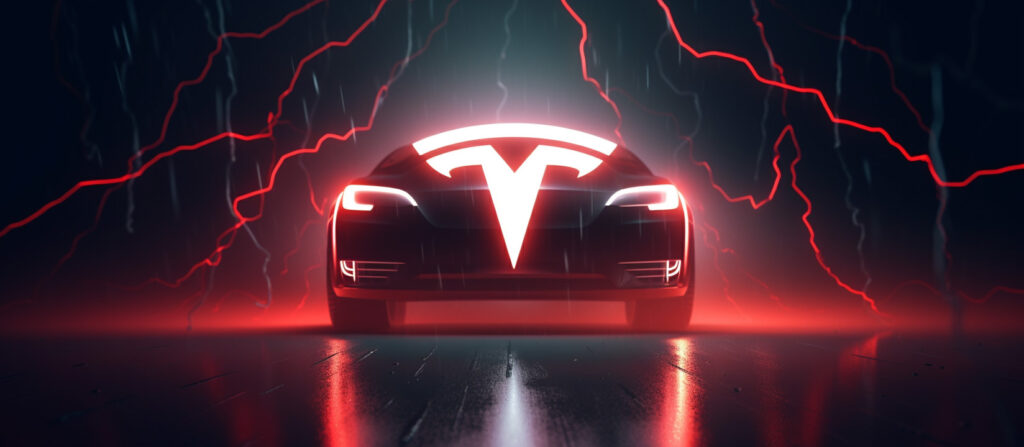The electric vehicle (EV) industry is witnessing a significant shift in North America. A growing number of EV manufacturers, charging networks, and charging equipment suppliers are considering the adoption of Tesla’s North American Charging Standard (NACS) charging connector. This move could potentially revolutionize the EV charging infrastructure in the region.

The Rise of NACS
Tesla introduced the NACS charging connector as a unique solution for both AC and DC charging. In November 2022, Tesla declared the standard open and introduced the NACS name, envisioning this charging connector becoming a standard across the continent.
“The potential ultimate scenario might be the replacement of the J1772 and CCS1 standards with NACS, although there will be a transition period when all types will be used on the infrastructure side.”
Major Automakers Embrace NACS
In a surprising turn of events, Ford announced its transition from CCS1 to NACS in May 2023, starting with next-generation models in 2025. This decision was followed by General Motors in June 2023, marking a significant shift in the North American EV industry.
As of mid-2023, two of the largest North American vehicle manufacturers, General Motors and Ford, and the largest all-electric car manufacturer, Tesla, have committed to NACS. This decision triggered a domino effect, with more and more EV companies joining the NACS coalition.
The Future of EV Charging
The transition from CCS1 to NACS in North America is expected to affect other markets around the world, especially those that also used CCS1 as the primary EV charging connector.
“The switch from CCS1 to NACS in the United States and in the broader North American region is expected to affect other markets around the world. At least those which also used CCS1 as the primary EV charging connector.”
In related news, seven of the world’s biggest car manufacturers are allying to develop a network of 30,000 high-powered charging systems. This dramatic move is intended to speed the adoption of electric vehicles, allaying fears that chargers won’t be available for long-distance travel.
Conclusion
The adoption of the NACS charging connector by major automakers and charging networks signifies a major shift in the EV industry. As the transition from CCS1 to NACS continues, it will be interesting to see how this impacts the global EV charging infrastructure.
For more updates on the transition from CCS1 to NACS in North America, stay tuned to our news section.
References and Facts
Here are some related news and facts about the transition from CCS1 to Tesla’s NACS charging connector:
- Ford and General Motors (GM) announced their switch from CCS1 to NACS, starting with next-generation models in 20251.
- Rivian, Volvo Cars, and Polestar also announced their switch to NACS, starting in 20251.
- SAE International, an important standardization body, announced on June 27, 2023, that it will standardize the Tesla-developed NACS charging connector1.
- Electrify America, Volkswagen’s charging network, will support the NACS connector alongside the CCS-1 connectors at charging stations3.
- GM confirmed its adoption of the NACS charging standard, following Ford’s announcement4.
- GM customers will have access to Tesla’s Supercharger network starting in 2024 with a CCS to NACS adapter5.
- ChargePoint, a charging station network, is supporting both CCS and NACS charging during the transition6.